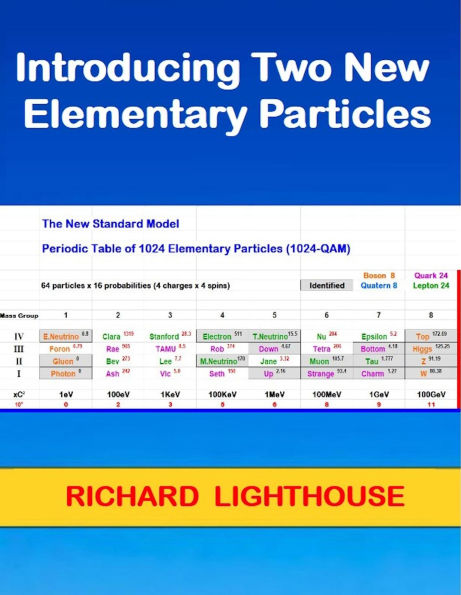In this short ebook, there are actually, five new elementary particles introduced to the physics community. By utilizing the Koide Formula, I have revised a number of mass estimates and provided what may be fairly precise estimates for the Jane particle and the Stanford particle. It should be noted that both of these particles, are likely to be decay products from the heavier, supersymmetry particles. This explains why they have not been noted in hadron or proton collisions. This short ebook also provides insight into the composition of Dark Matter, how it can be described and modeled, and the components of decay.
In this short ebook, there are actually, five new elementary particles introduced to the physics community. By utilizing the Koide Formula, I have revised a number of mass estimates and provided what may be fairly precise estimates for the Jane particle and the Stanford particle. It should be noted that both of these particles, are likely to be decay products from the heavier, supersymmetry particles. This explains why they have not been noted in hadron or proton collisions. This short ebook also provides insight into the composition of Dark Matter, how it can be described and modeled, and the components of decay.

Introducing Two New Elementary Particles

Introducing Two New Elementary Particles

Product Details
| BN ID: | 2940179905424 |
|---|---|
| Publisher: | Richard Lighthouse |
| Publication date: | 06/26/2024 |
| Sold by: | Draft2Digital |
| Format: | eBook |
| File size: | 519 KB |
